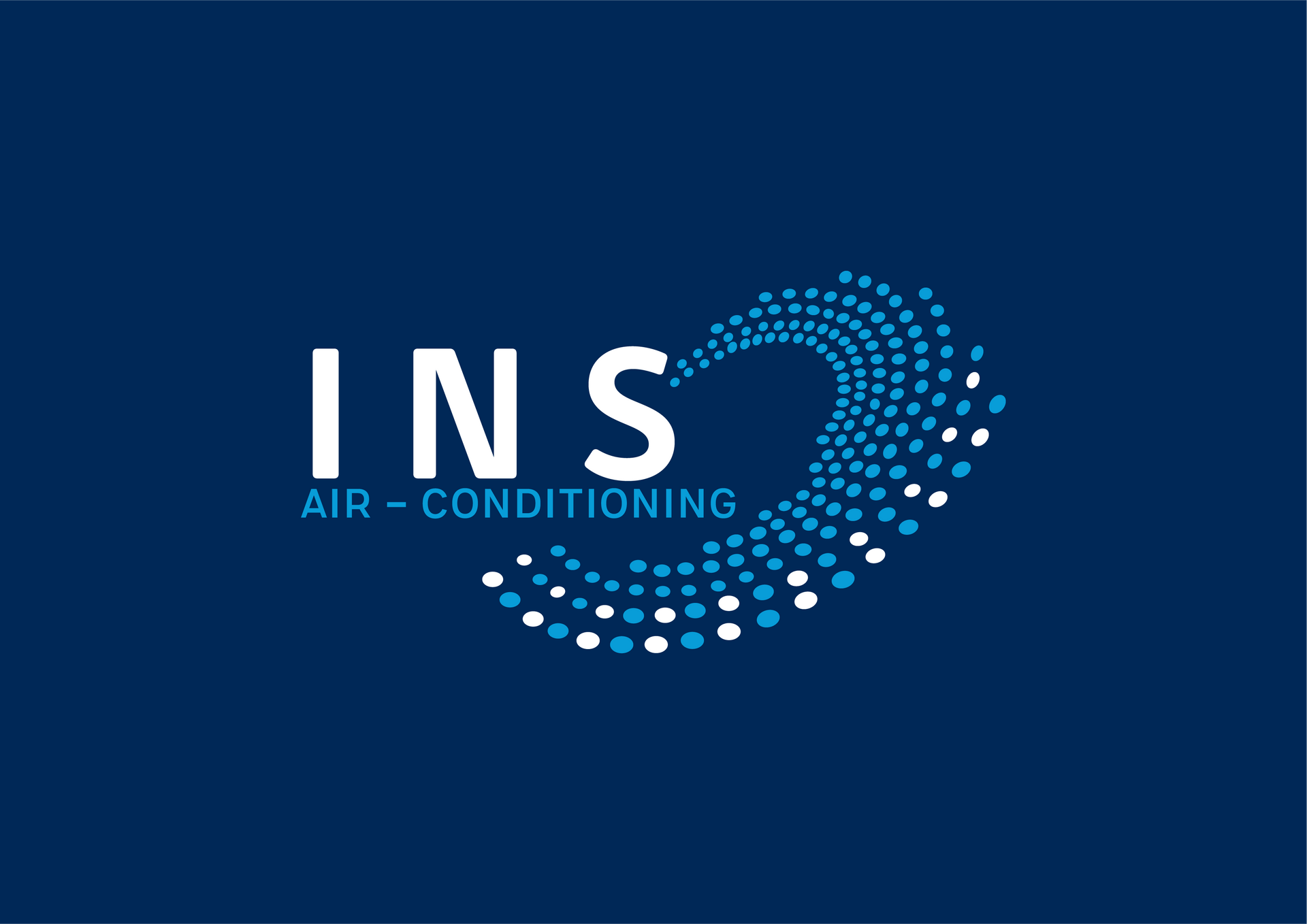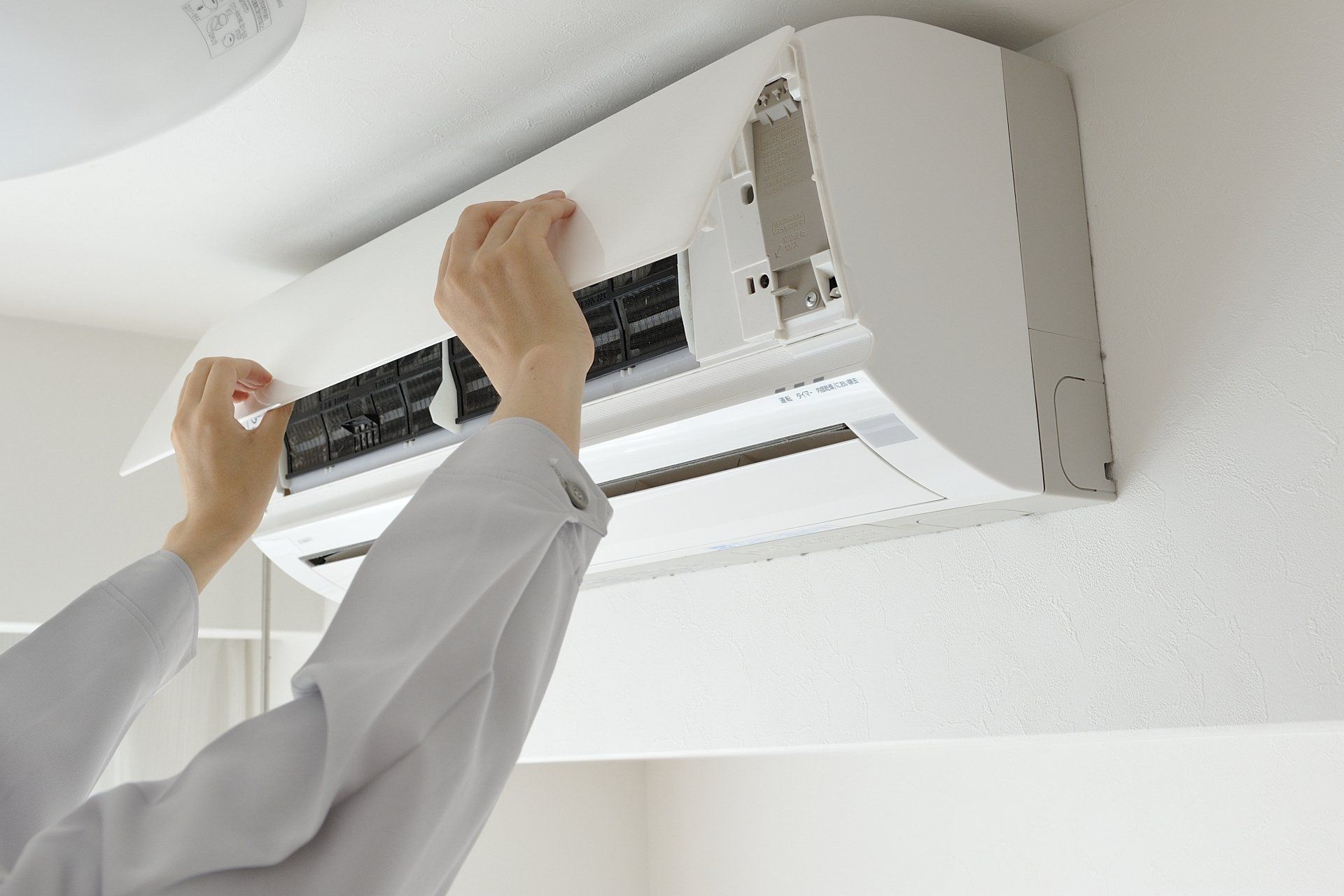Helpful Blog Posts










Over 25 Years of Expertise
Call our friendly team now on 01895 540565 or email us directly contact@ins-airconditioning.co.uk










Whether you’re cooling your home, upgrading your business systems, or seeking urgent repairs, INS Air Conditioning is here to help. Our professional team is ready to deliver tailored, energy-efficient solutions backed by exceptional customer service.
Get in Touch
Phone: 01895 540565
Email: contact@ins-airconditioning.co.uk
Request your free quote today and let INS Air Conditioning provide you with the perfect solution for your air conditioning needs.

Request a Quick Quote

Rated Excellent
based on our Google reviews
Extremely skilled and helpful.
I’ve used Ian and his teams services for a while now and I’ve always found the workmanship to be of the highest quality, all his team are extremely skilled and helpful.
We would certainly recommend this company
We were very pleased with the quality of the INS Air Conditioning units. The fitters were punctual and fitted the units over two days. Ian explained everything to us and we are happy with the results. We would certainly recommend this company to anyone who was interested in having air conditioning units installed.
High standard
Polite, showed up on time, wore overshoes and did exactly what they said they would. Work looks to be completed to a high standard and as they are Mitsubishi certified, the air conditioning units have a 5 year warranty on them.
This is the text area for this paragraph.
Ian came highly recommended by my neighbours who had air conditioning fitted in their master bedroom last summer and subsequently a further two bedrooms. Ian was professional from the quote to the completion of the works. He was able to schedule the installation quickly and the work was completed in a day.
Friendly, courteous, polite
Ian was very accomodating in arranging a time for installation, the installation team were friendly, courteous, polite and extremely efficient working through the hottest days of the year! The quote was reasonable and we had lots of options presented to us based on Ian's experience and advice.
Highly recommended
After the temperatures last summer we decided to finally get an aircon unit in the bedroom after considering it for a few years. Ian came back very quickly on our initial enquiry and was able to give us a budgetary price for an installed Panasonic TZ on the phone, which was very helpful and very reasonable
Excellent service - would definitely recommend.
They arrived as expected and carried out the job which only took a few hours. They were extremely tidy too and took time to talk us through the controls for the new unit. Excellent service - would definitely recommend.
They were pleasant to deal with
Ian O'Toole and his colleague (also Ian) managed the work efficiently and professionally. They were pleasant to deal with, explained the options, and made sure they completed the work to our complete satisfaction. We would definitely recommend INS for similar work.







Rated Excellent
based on our Trustatrader reviews
Reliable, professional
Ian and his team were professional, polite and very tidy. It's clear they have a passion for what they do and took time to explain pros and cons with various brands of machine, best positioning and even tips on how to maximise airflow.
Absolutely fantastic
Absolutely fantastic dealing with the air conditioning unit ! We had been let down by various companies and had Lost faith.. His work ethic was excellent he fixed the problem and was extremely knowledgeable, extremely professional.
Well pleased!
Very pleased with the job done. I would highly recommend Ian and his workmate ,also called Ian, they did a neat, tidy, and an excellent job. Ian returned to help me set up the WiFi on my iPhone as I was having difficulty setting it up.
Excellent in all aspects
I would highly recommend INS, we required a replacement A/C unit in our residential house and Ian provided very detailed advice and competitive prices. The work carried out was excellent in all aspects.

Overview
We pride ourselves on the service we deliver and work to the highest specifications to make sure our customers get the best value for money.
Brands
Get in Touch
Business Details
INS Air Conditioning
All Rights Reserved | INS Air Conditioning